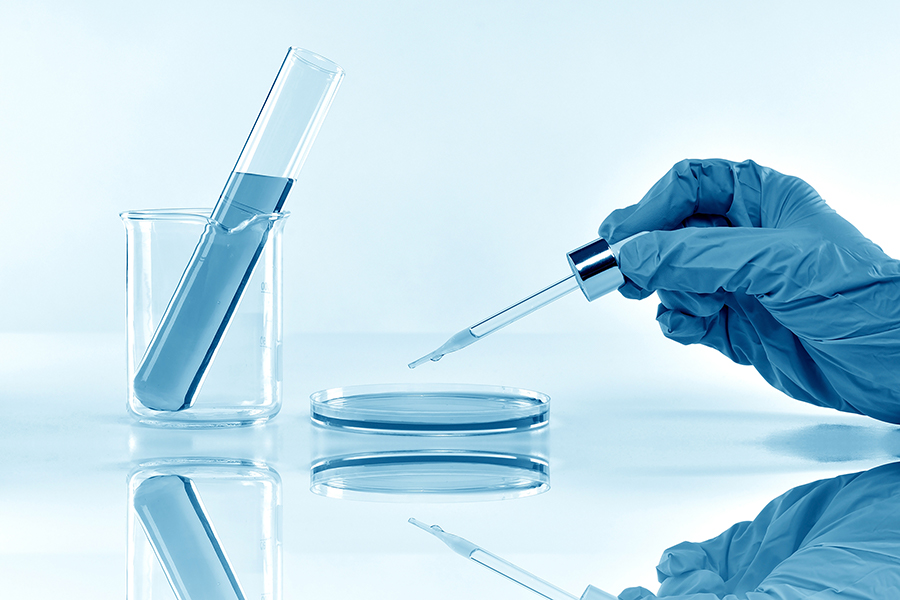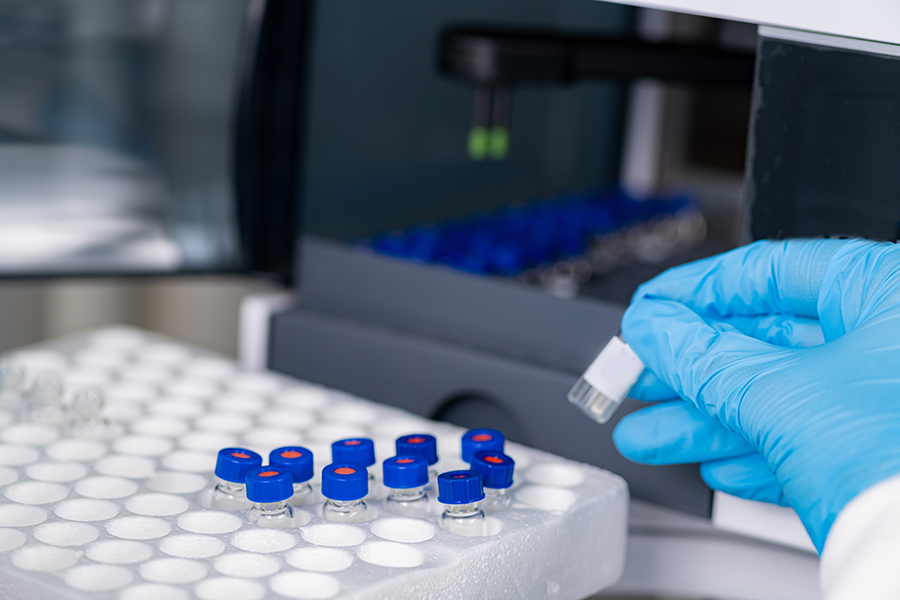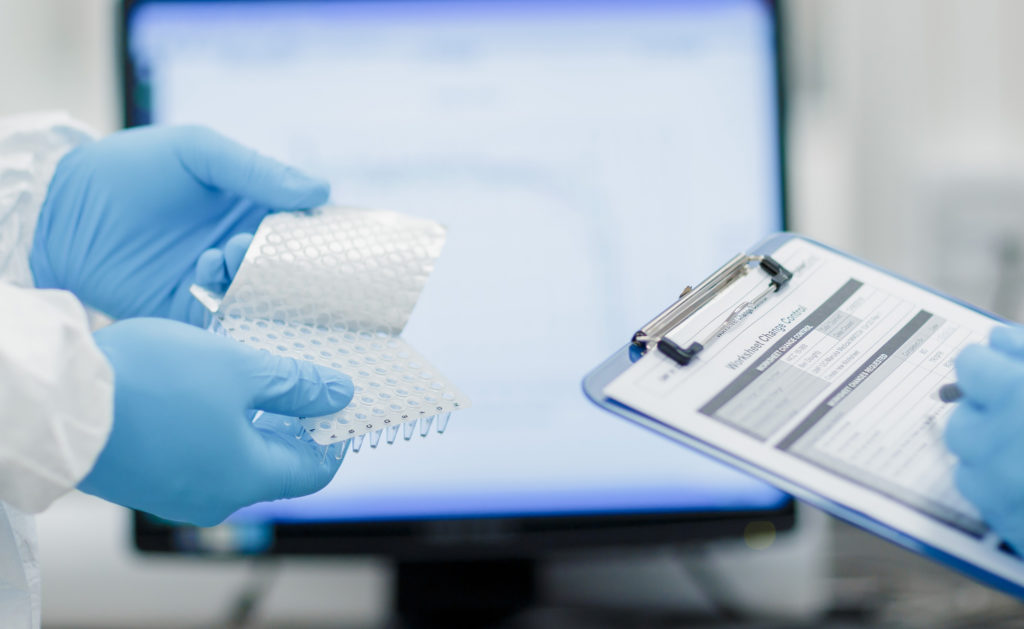Research and Development Life Sciences – ‘Life science’ is such an interesting phrase.
When you think about it, most scientists, researchers, doctors, or developers might argue that their field is about life science. Because, what is science – if not an avenue to explore the depth and breadth of life – and our experience of living it?
However, the ‘life science’ takes that overall definition of science and condenses it down into a specific and important goal:
how can we harness scientific progress and technological advancement to improve the lives and health of people?
Research and development (R&D) are critical for success in the life sciences sector.
Because this is a scientific industry that thrives on advancement more than most, research and product development in this field are integral, especially right now.
Pharmaceutical companies invest billions of dollars each year in R&D in an effort to bring new products to market.
Life changed in 2020
2020 has thrown the world into disarray, and our industry was not spared. Not only were we all dealing with the impact that every other business was, but the shortfalls and triumphs of life sciences R&D organisations became headline news around the globe.
Thus, there is a new level of scrutiny to keep up with demand and continue to innovate. Ours is an industry where stasis means failure – and advancement in research cannot come fast enough.
Crisis, however, can always be a crucible for success. This is heartening given the recent advancements in life sciences R&D and the technologies that have created much-needed stability for the industry to grow.
Recent advancements in AI and robotics even assisted in identifying candidates for a COVID-19 vaccine. We’ve all learned from the past year that there is no substitute for sub-par technologies.

Advancement in life sciences R&D is essential to maintaining the high standard that clients, consumers, and the world rely on.
This commitment to using transformative technologies to improve the quality of products offers new and exciting opportunities to give ‘life’ to life sciences. We need to keep it moving, growing, and progressing so as not to stagnate.
When constantly having the most effective product is your goal, you can’t work on assumptions – only facts. This is what makes research and development so important.
For instance, take the simplest form of technology put into practice in life sciences: the medical adhesive. In almost every facet of life science, is a need for adhesive technology – from sealing films and removal tape to wearable technology.
iST Scientific’s Commitment
Making certain that this technology is as advanced as possible is key to ensuring continued success in our industry. Products like this qPCR film represent small changes to simple technologies that make all the difference and ensure precision.
There is no longer a need to worry about the adhesive strength of the film when it’s verifiably twice as tacky as any other film.
There are no question marks around test results when pressure stability is more reliable than the last iteration of adhesive films.
Life science works in exact measurements – the closer you get to precision, the better your returns will be.

People’s lives are in our hands, so why accept anything less than what the most recent technology is offering?
There is no doubt that research and development (R&D) is the lifeblood of any Life Sciences company.
However, the challenge for many businesses lies in translating R&D findings into products and services that can be brought to market quickly and effectively.
At iST Scientific, we understand the importance of R&D and have put in place a dedicated team to support our efforts in this critical area.
We’re committed to helping our clients bring the ‘life’ into their life sciences companies.
Contact us today to find out more about how we can help you turn your R&D discoveries into commercial success.

